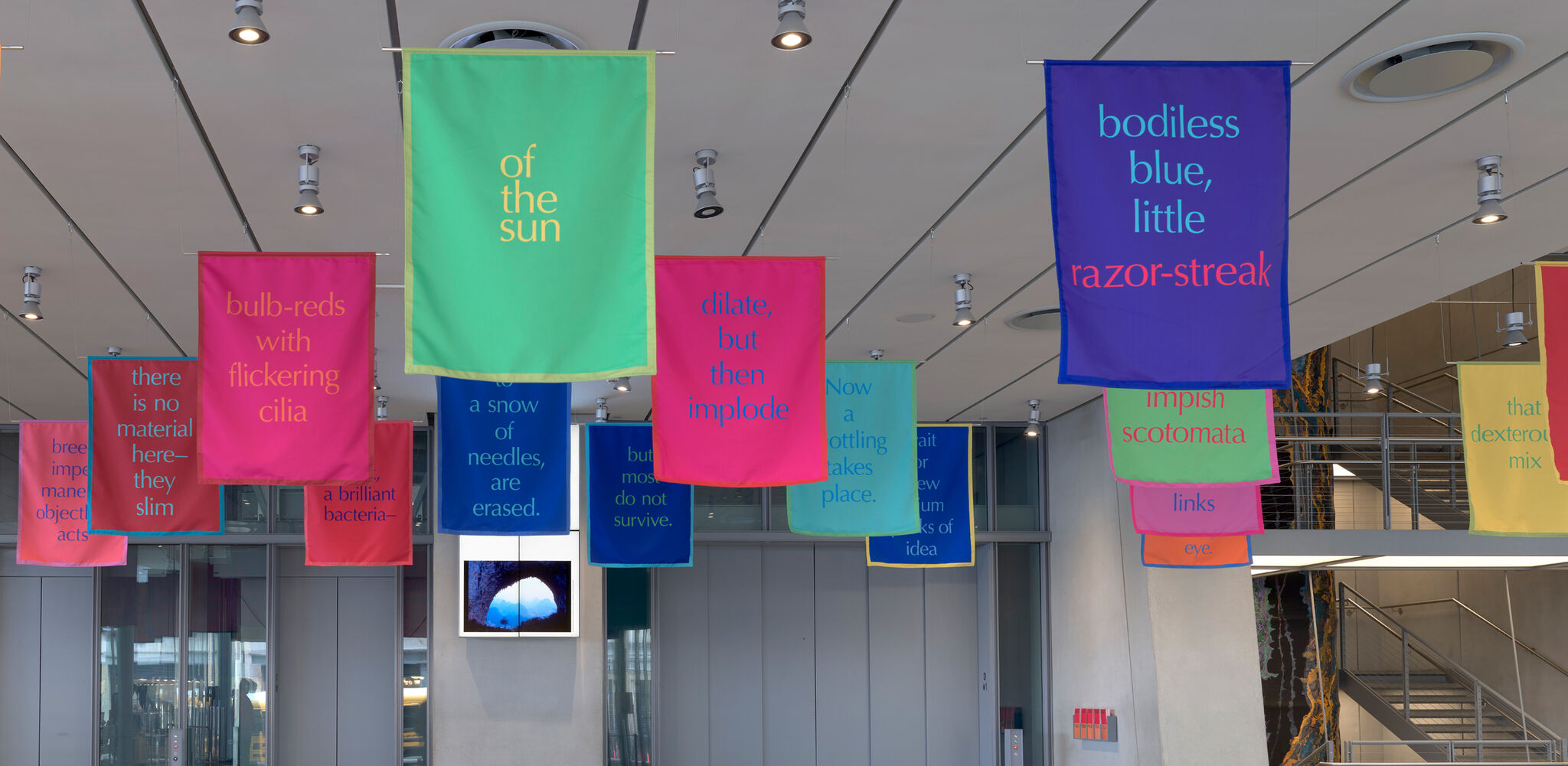Pao Houa Her
Mar 10, 2022
0:00
Pao Houa Her
0:00
Narrator: Photographer Pao Houa Her now lives in Minnesota. She captures the lived experience of the Hmong people.
Pao Houa Her: I’m Hmong and the Hmong people are historically from China during the Han dynasty, they were sort of forced out and made their way south into Southeast Asia, so I am a group of Hmong people that are from Laos.
Narrator: The photographs here rotate. At any given time, you’ll see a selection of work, all of which references the Hmong diaspora in one way or another. The artist has spoken about the complex nature of her Hmong-American identity:
Pao Houa Her: Hmong people helped the Americans fight during the Vietnam War, specifically in Laos.
Narrator: One body of work that will be on view for part of the Biennial represented over the course of the Biennial is comprised of portraits of Hmong soldiers who assisted the US government in Southeast Asia during the Vietnam War. Denied official acknowledgement and veteran status, these soldiers have long sought to achieve recognition. Her’s portraits convey the dignity denied to these men, though they had to assemble their uniforms from the army surplus store.
Pao Houa Her: I’m really interested in the legacy of the Vietnam War and how the trauma continues to get played out in sort of the everyday lives of what it means to be a Hmong person. I’m interested in ideas of desire within like the Hmong consciousness. I’m also very much interested in ideas of what an imaginative Laos or a homeland would look like.
Narrator: Another selection of pictures that will be on view for a portion of the Biennial comes from a body of work called After the Fall of Hmong Tebchaw.
Pao Houa Her: And basically that body of work came from a story essentially. There’s a Hmong man in mid-2015, he was able to swindle Hmong elders into paying him a set amount of money, because he said that he was establishing a Hmong country. And that if you can pay into this new establishment, you can be a founding member, and he was able to swindle over a million dollars from Hmong people in the community.
And for me, I’m really interested in like, What is it about this desire? What is it about wanting to go back? To go back into a country that you feared so much that you had to leave. There’s something about that psychology that I’m like really interested in.
Narrator: Some of the work was photographed at the Como Park Conservatory in Minnesota.
Pao Houa Her: When we came to America, for a long time my parents would go to a conservatory in St. Paul every weekend because it was the only place that was hot and humid, the atmosphere resembled Laos. But then also conservatory, for me, was very symbolic and metaphorical in a way too right. Here are these plants that are not native to Minnesota, that have been transplanted to Minnesota that are kept in these beautiful glass houses. And so I just think about that metaphor.

